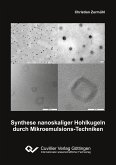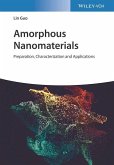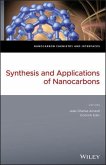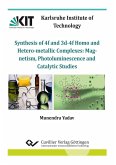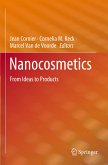The gas-phase kinetics of the decomposition of tetraethoxysilane (TEOS) and hexamethyldisiloxane (HMDSO) and the formation and growth of silica nanoparticles were studied. The kinetics study was carried out in shock-heated gases with species measurements by high-repetition-rate time-of-flight mass spectrometry. The mass spectra indicate the formation of Si(OH)4 from the decomposition of TEOS while during HMDSO decomposition several Silicon-containing species were found, such as Si atoms, SiO and SiCH3. The ignition-delay time of the precursors in oxygen-containing bath gases was studied by observing the OH* emission signal behind the reflected shock wave. The ignition delay times of TEOS and HMDSO are strongly temperature dependent and the Arrhenius parameters were determined. Silica-particle formation and growth from TEOS and HMDSO were investigated in a hybrid microwave-plasma hot-wall reactor and a low-pressure premixed H2/O2/Ar flame reactor by in-situ and ex-situ measurements. Particle sizes distributions were determined by particle mass spectrometry and the spatial gas-phase temperature distribution was measured with multi-line NO-LIF thermometry. The present research work provides data and new understanding of TEOS and HMDSO decomposition kinetics and particle formation and growth of silica nanoparticles in the gas-phase. These data can be used as input for computational fluid dynamics simulations and hence for the design of reactors for the gas-phase synthesis of highly specific nanoparticles.
Hinweis: Dieser Artikel kann nur an eine deutsche Lieferadresse ausgeliefert werden.
Hinweis: Dieser Artikel kann nur an eine deutsche Lieferadresse ausgeliefert werden.


